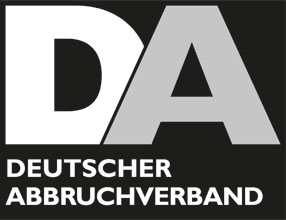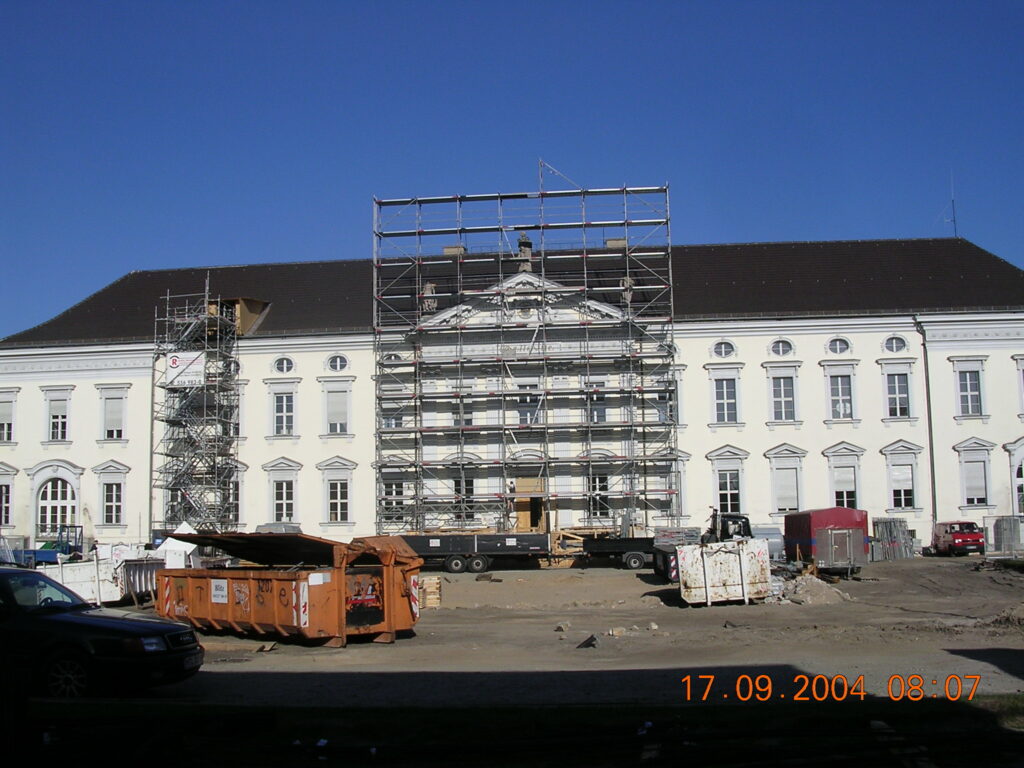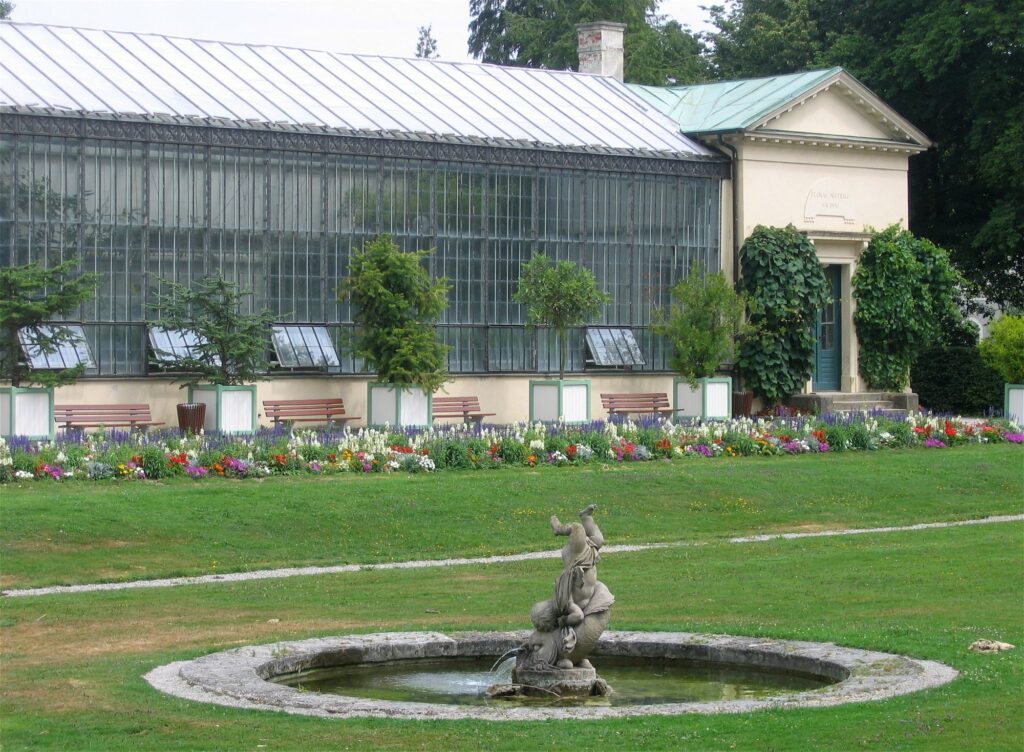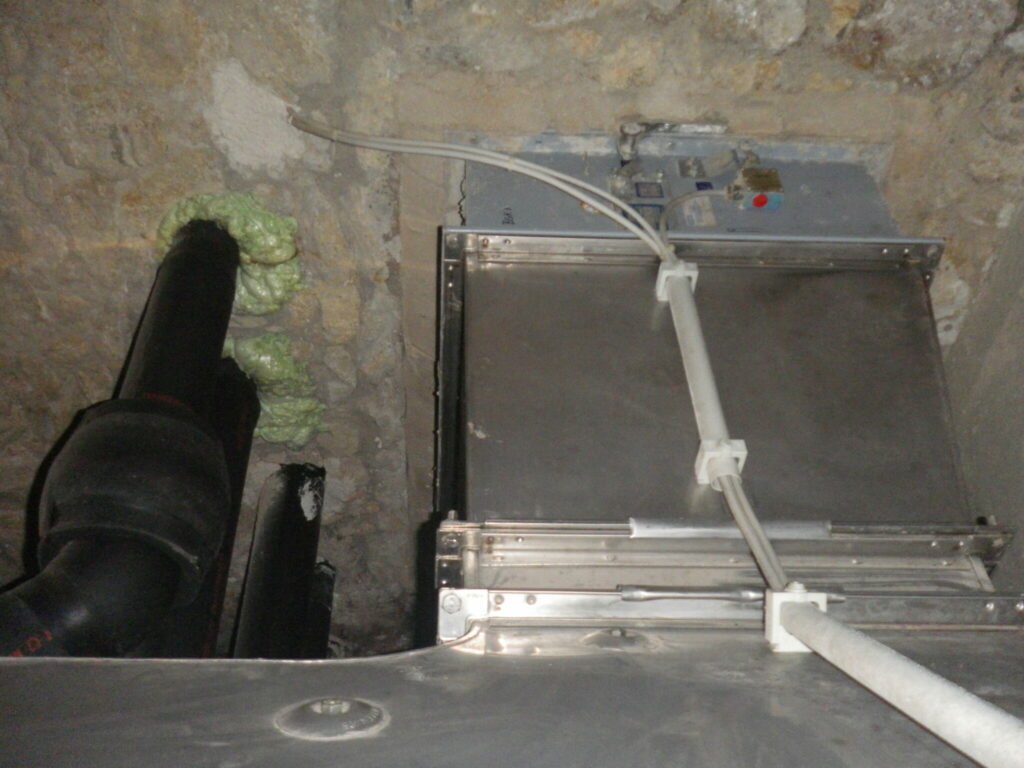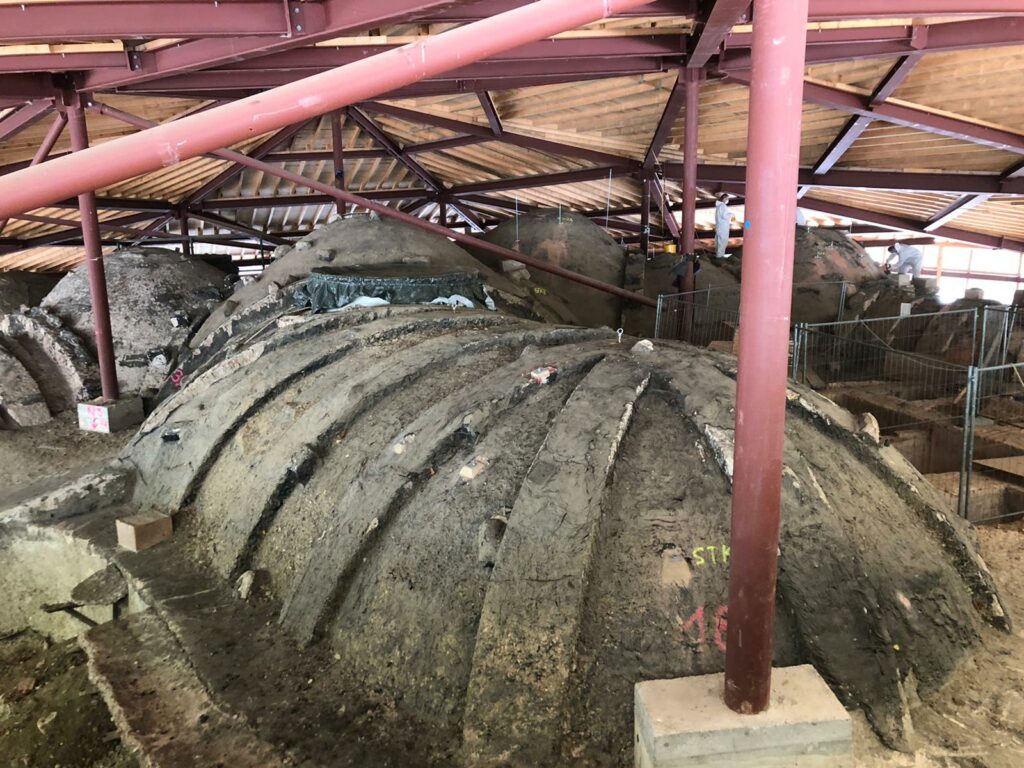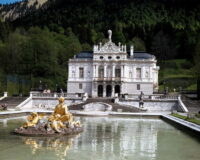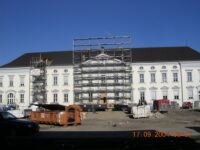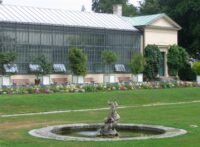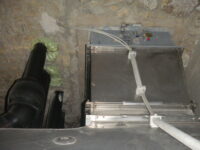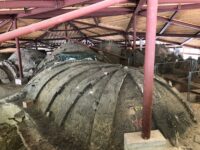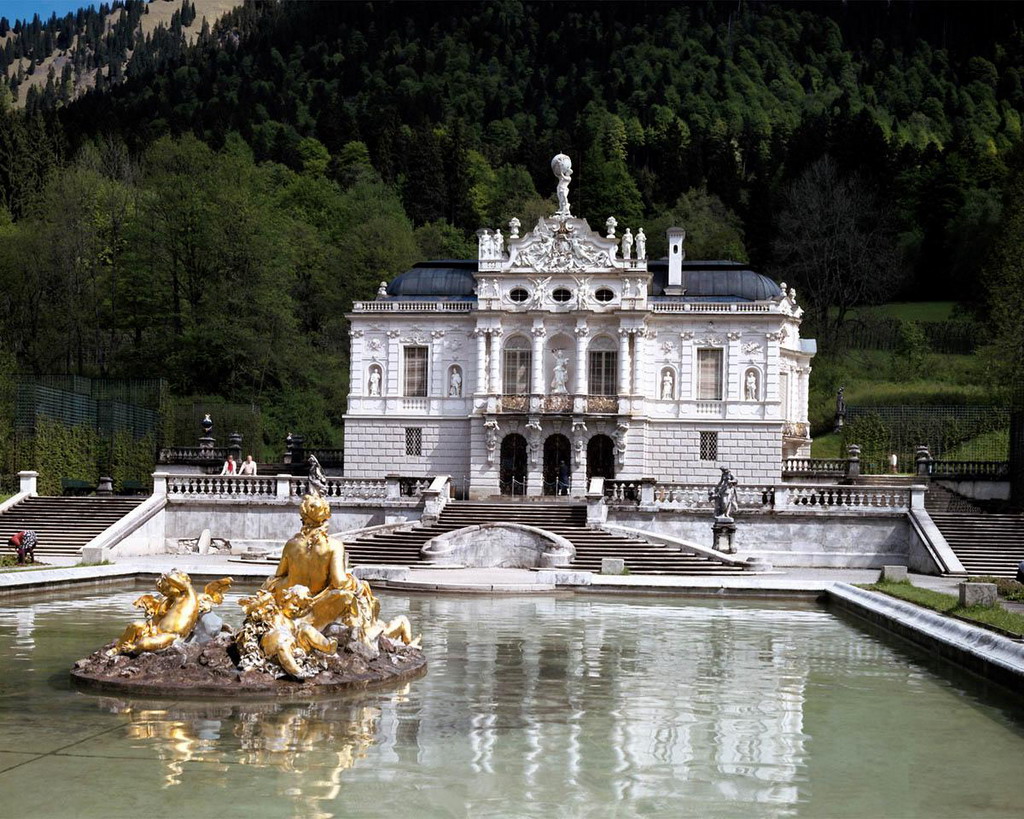
Even “with Kings” there are plenty of pollutants

PBO Umwelt GmbH & Co KG remidiates stately castles
Who doesn’t know them, the castles of Herrenchiemsee, Linderhof, Nymphenburg and Bellevue?
PBO Umwelt GmbH & Co KG from Holzkirchen, a member of Deutscher Abbruchverband e.V. (German Demolition Association) since 2011 and a prequalified specialist company, knows them even better. In the course of the comprehensive remediation contracts we were awarded, we were able to see not only what had been “swept under the rug,” but where the real remediation problems were hidden in these sights.
In 2004, it all started with Schloss Bellevue in Berlin. The official residence of the Federal President was refurbished over two years a long period of remidiation and was technically upgraded. During this phase, we removed the pollutants PAH (Polycyclic Aromatic hydrocarbons) and asbestos cement as well as artificial mineral wool (KMF) were professionally removed in various rooms of the castle. They were probably installed during the reconstruction phase, in the mid-1950s.
Schloss Nymphenburg – Remediation of outmoded building materials
Schloss Nymphenburg, one of the largest royal palaces in Europe, characterizes the Cityscape of Munich with its four park castles, the palace rondel, the royal stables and the approx.
Munich’s cityscape with its four park castles, palace rondel, royal stables and approx. 180 hectare park with historical pumping stations and greenhouses.
Lead-based paint and varnish coatings were formerly widely used for preservation. This was also the case with the steel structure of the so-called “Iron House” built in 1807, which served as a planting house for the Royal Botanical Collection. During the conversion of the Iron House into an event location between 2010 and 2014, contamination with lead occurred in the interior and partially in the exterior area.
In compliance with DGUV Rule 101-004 (formerly BGR 128), the interior and exterior areas were intensively cleaned and some of the planting soil was removed. Subsequently, we also renovated window frames of the castle, partly with lead paint. The work continued in 2017 with the former soldier/chaplain apartments in the Marstalltrakt (Royal Stables Wing), in which asbestos-containing floor coverings and PFS were installed during previous modernization work. These outdated building materials have been refurbished in accordance with TRGS 519.
The new Schloss Herrenchiemsee with its splendour and unique location is dry foot only by boat attainable. All material is transported by freight ferry between Mühln near Breitbrunn and Herrenchiemsee. In the south wing of the unfinished castle there is a museum about King Ludwig II. In the spring 2016, we renovated and dismantled parts of the technical control center installed in the basement. We extracted 2,162 kg of climate-damaging refrigerant R22 and disposed of it professionally. Various asbestos-containing fire dampers according to TRGS 519, were also removed from the ventilation system.
Schloss Linderhof Palace – General renovation of the Venus Grotto with flight openings for bats
King Ludwig II is said to have been very fond of Schloss Linderhof (1,000 m above sea level in the Ammergebirge), which was completed in 1878, with its park and various park buildings.
The “Venus Grotto” is an artificial stalactite cave that was built into the mountain from 1875.
The stage design of the “Venus Grotto” is taken from Act I of Richard Wagner’s opera “Tannhäuser”. Act I of Richard Wagner’s opera “Tannhäuser” and was created according to his instructions.
In the years 1878 – 1881, the cave received its electric lighting, which was highly modern at that time. With the help of interchangeable coloured glass attachments, the cave could be dipped in different colours. The “Venus Grotto” consists predominantly of limestone walls, which are covered with brickwork vaults. During construction, the vaults were sealed with inch-thick tar. However, the tightness was only short-lived and so in the following years protective roofs were gradually erected as a carpenter-like construction over parts of the Venus Grotto to finally complete roofing.
In winter 2008 / 2009 we cleaned the plastered top of the metal construction / wire plaster shell by suction with powerful industrial vacuum cleaners. This area was contaminated by coloured lead glazing and PAH-containing dusts. Glass fragments, other tools and objects we found were mapped and collected by the conservationists. In consideration of the risk of breakthroughs, all employees were roped and wore the necessary personal protective equipment (PPE).
This and many other works served to prepare for the subsequent general restoration of the Venus Grotto. For example, a snow-safe roof (visible on Google maps) was built over the entire grotto, new excursion and entry openings for the year-round bats were created and the soil was removed above the vaults.
Since summer 2020, we have been manually removing the up to 30mm thick tar coating from the brick vaults using small chisels. With PPE, seat straps, on roof ladders and self-made auxiliaries, the tar layer (PAK values up to 54,700mg /kg) then removed at the domes up to 9 m high and pulled with cable pull and buckets to just before the containers. The tarmac-free areas are sucked off by industrial vacuum cleaners every working day. Here too the DGUV Rule 101-004 is applied and checked by the SiGeKo and the construction management.
Information:
PBO Umwelt GmbH & Co KG
Klaus Recknagel
Oskar-von-Miller-Platz 6
83607 Holzkirchen
Germany
Tel.: +49 8024 47397-0
Fax: +49 8024 47397-10
www.pbo-umwelt.de
